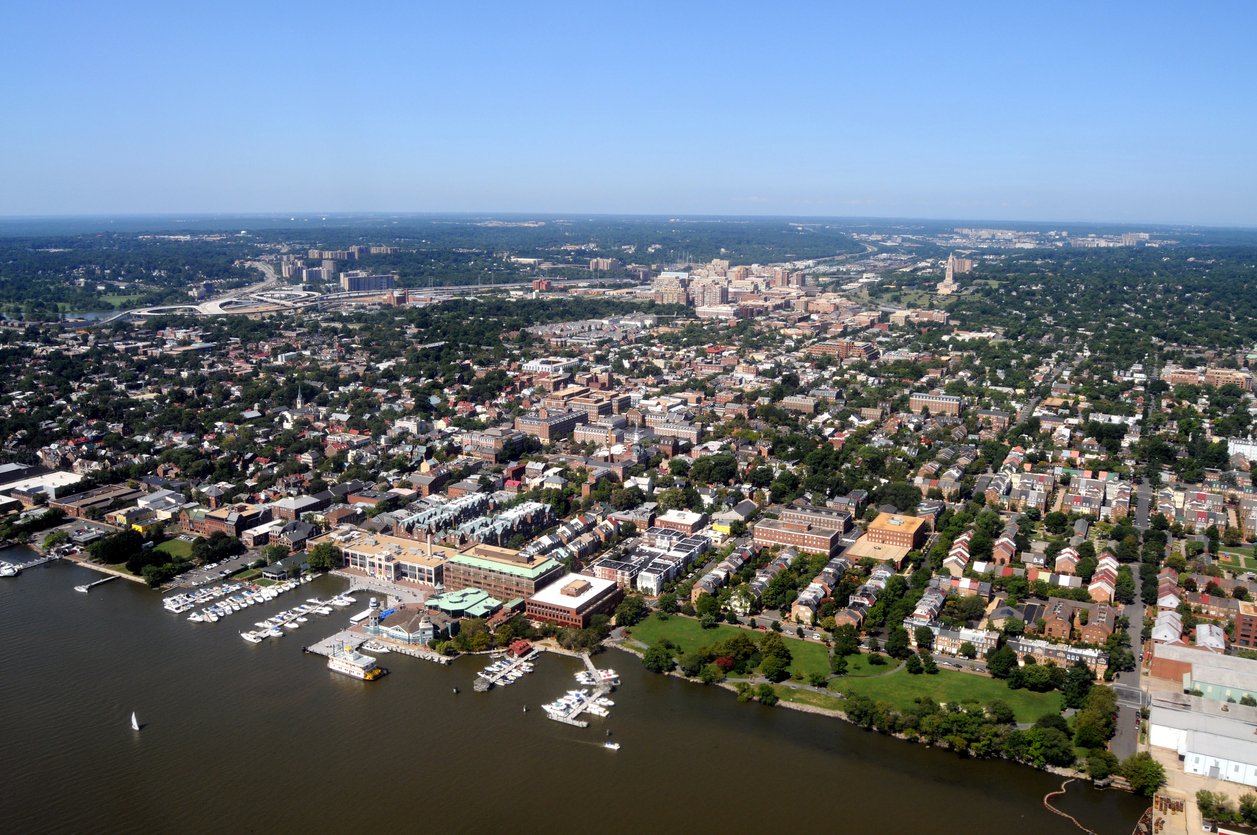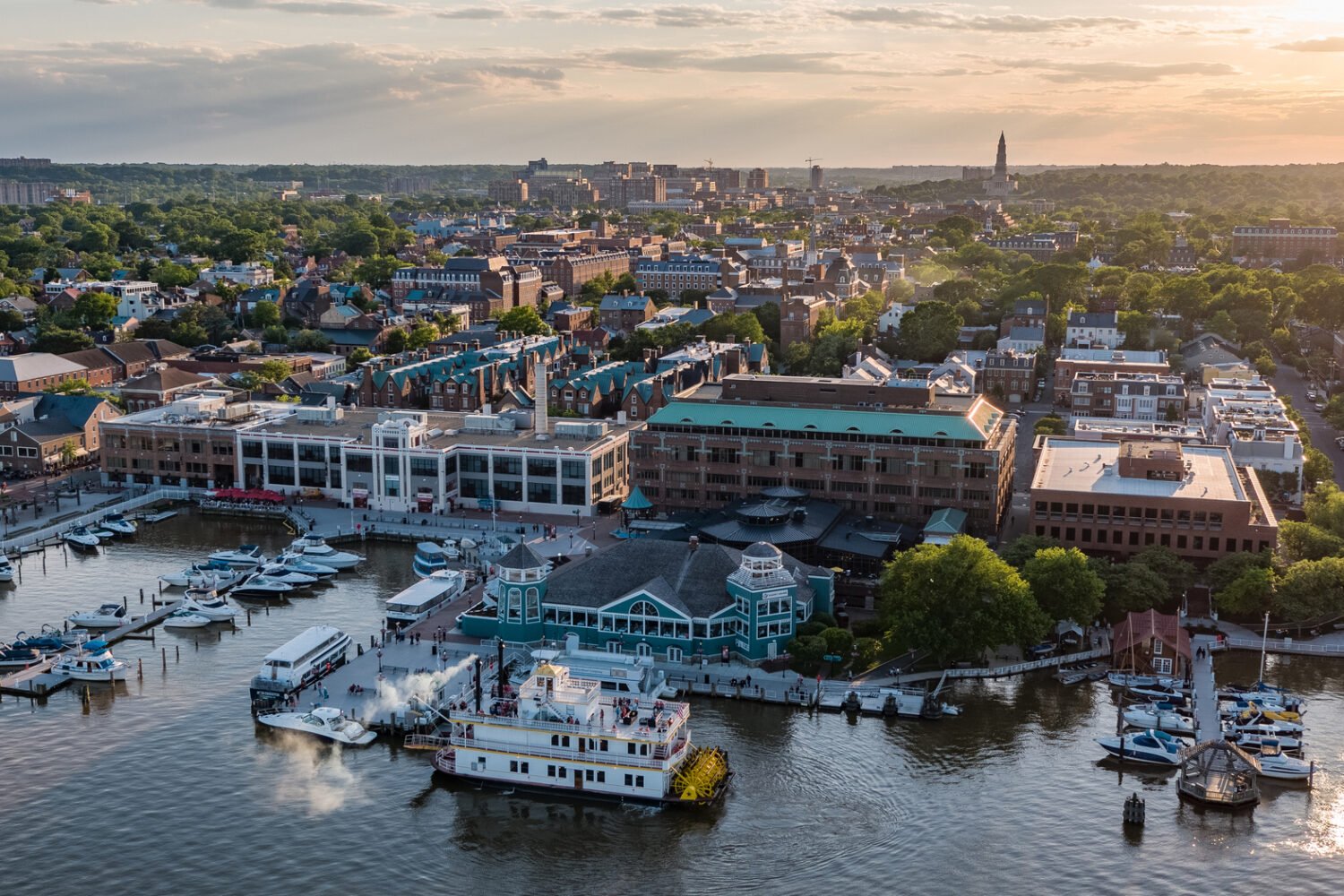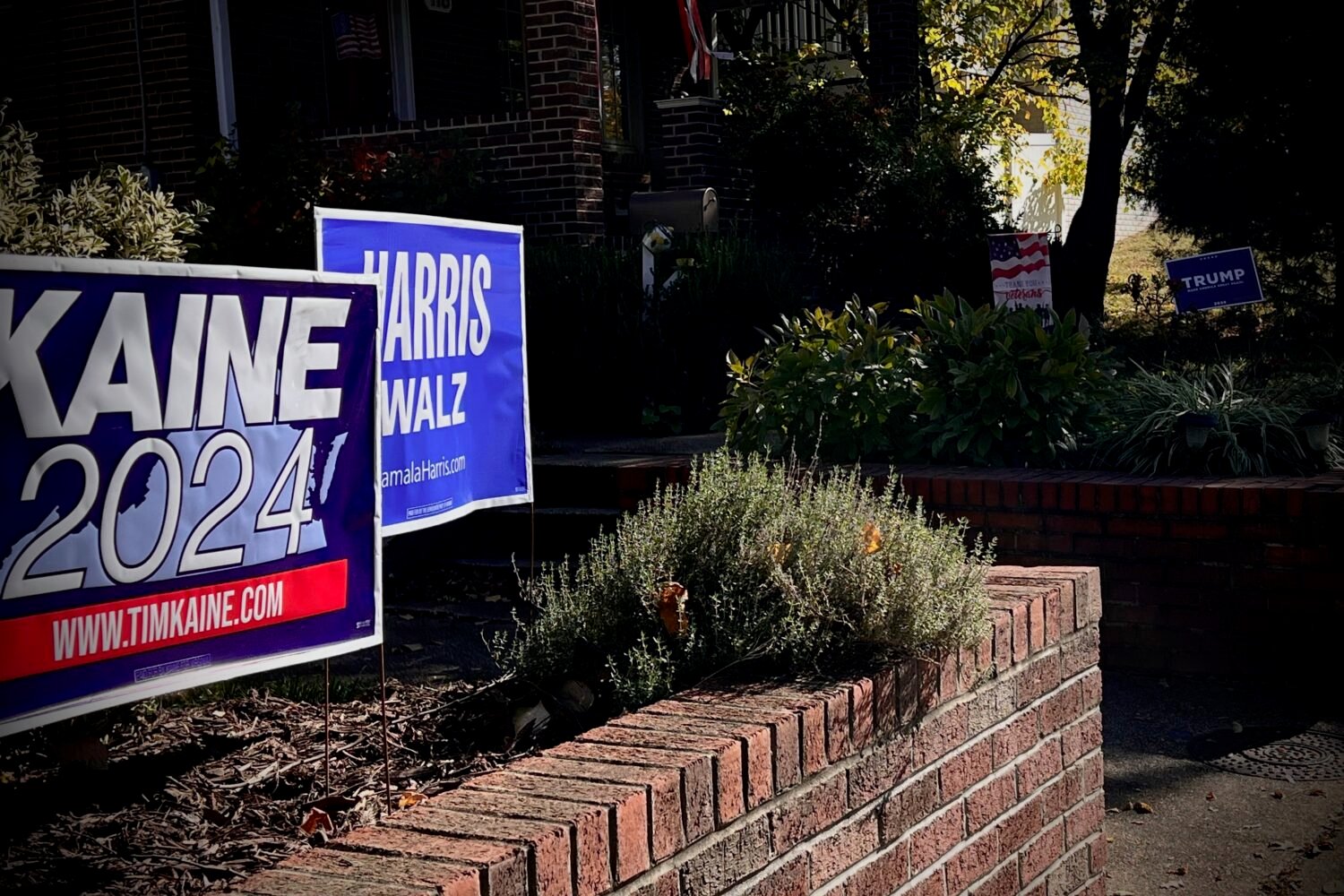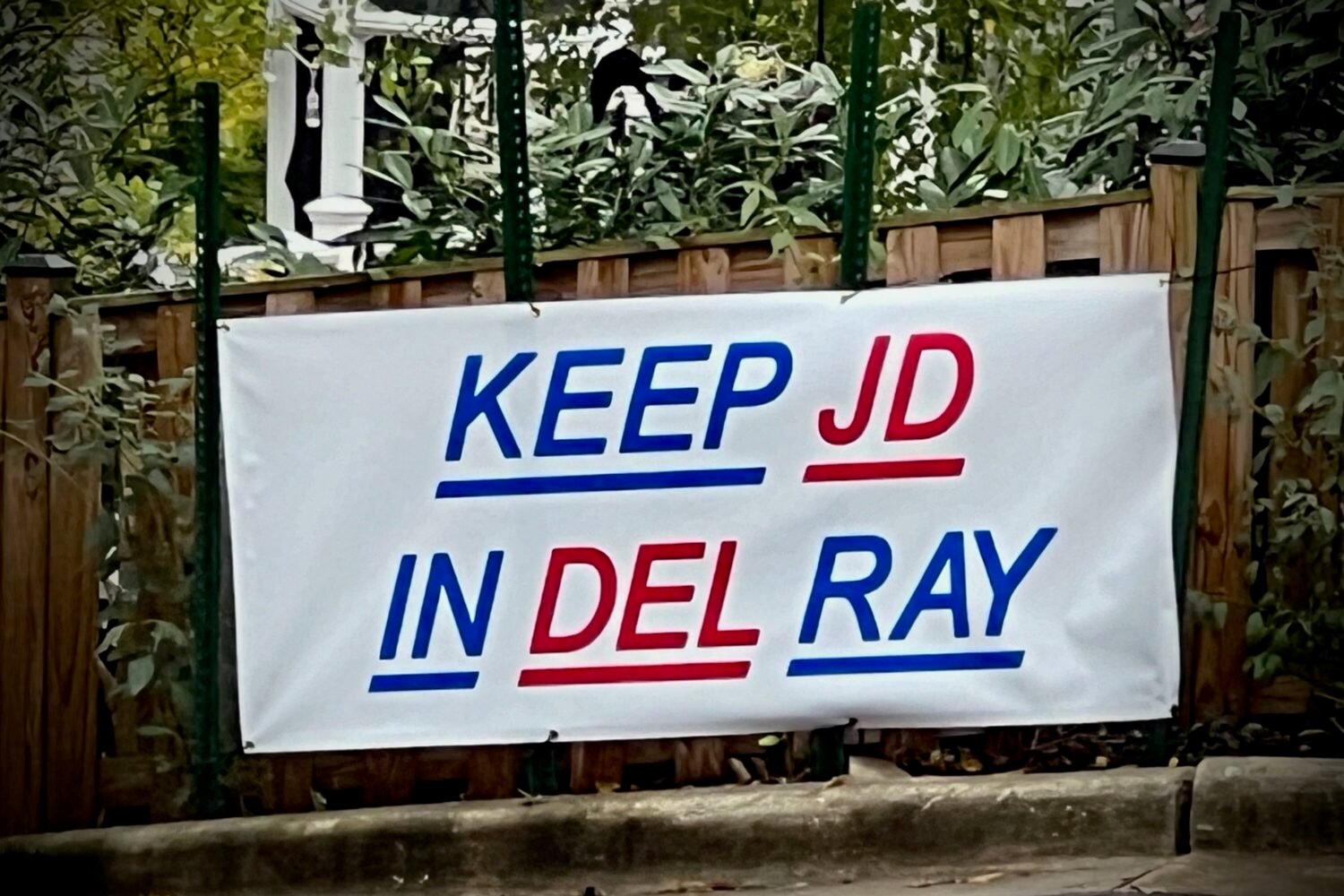A contractor for Alexandria’s public schools set off an online firestorm by accidentally including a rendering of an apartment building with affordable units in a presentation about modernization plans for an elementary school. As the invaluable blog Tales From the Beverley Hills Listserv points out, the mistake occasioned a “3 day+ rager” about affordable housing, racism, and—because this is Alexandria—dockless scooters, the halal chicken slaughterhouse, and a “road diet” imposed on a different leafy neighborhood.
Attempts by Alexandria Mayor Justin Wilson to allay residents’ fears did not immediately quell the unrest.
It all started on January 20, when a member of the Beverley Hills Listserv posted a rendering of a site plan for George Mason Elementary School that included the legend “Location for potential 4-Story Housing — 100 Units @ 600 SF each.”
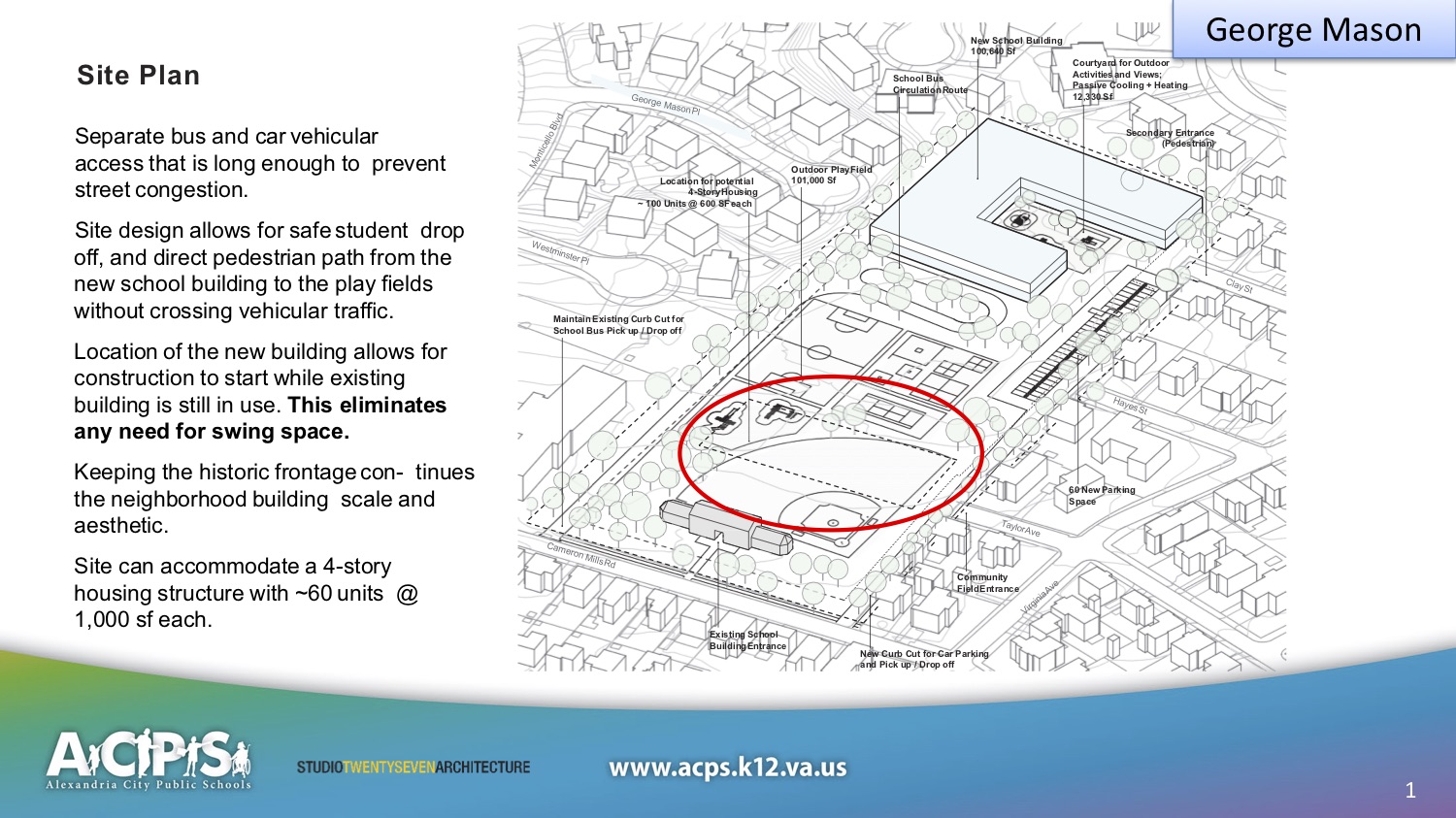
This prospect did not focus-group well, to say the least. Beverley Hills is one of Alexandria’s wealthiest neighborhoods, with a median real estate price of $969,447. “This is ridiculous! Housing mixed with young children!” one wrote. “And it could include some undesirable types who could prey on children,” wrote another. A tangential discussion about making assumptions about people who need affordable housing broke down along predictable lines, namely, whether or not people who oppose affordable housing should be made to feel like racists.
“Green space” immediately became a concern, as did increased density and lower property values. One person dismayed by their neighbors’ apparent NIMBYism shared articles from the Washington Post, the Center for American Progress, and the Century Foundation about exclusionary zoning. Another wondered why these units weren’t heading for Del Ray, a comparatively downmarket neighborhood nearby.
Wilson waded into the discussion on January 21, saying Alexandria’s school board, not its city council, was examining options for the site, and that his understanding was that “a draft slide deck containing some slides developed by ACPS’s consultant, but removed at the staff level, was inadvertently circulated over the weekend.” The prospect of a multi-family building “has never been a proposal I have heard of, nor does it make much sense (for a variety of reasons) in my opinion,” he wrote.
This injection of facts failed to lower the discussion’s temperature.
“What’s perplexing to me is how anyone can think that folks living in affordable housing want to live in a neighborhood with $1M+ homes,” one member wrote. “You think that’s going to make them feel better about themselves? Taking the bus while a neighbor is driving a Mercedes is going to perk them up?”
As with all municipal issues, attention soon turned to parking. The nonexistent building not planned for the site would mean “100 to 200 more cars driving down Cameron Mills around an elementary school,” one person wrote. “That’s just another way for us to have a road diet so that people will have to walk or ride their bicycle.” This invocation of the Seminary Road road diet, a traffic-calming initiative that has turned into an remarkably heated issue in a small city already prone to robust online discussions, quickly led to a charge that Alexandria is becoming unlivable, thanks in part to the “poultry slaughterhouse, scooters, traffic congestion, increased housing density, elimination of green areas, etc.”
(For an explanation of the poultry slaughterhouse micro-controversy, please read my stories here, here, here, and here.)
Wilson attempted to defuse the discussion once again on January 22, after a resident demanded he “prove that you aren’t selling our children’s’ baseball field in return for personal favors” to developers.
“There is no plan to build an apartment building at George Mason Elementary,” he replied, including a link to the correct feasibility study. “Wait, so this was all one big misunderstanding?” one poster wrote. “Oh boy…can’t wait to see what Tales from the BH Listserv is going to say about this!!!!” Several posts followed anyway, including one that attempted to use metadata to prove the slide was created by a city employee, not a contractor.

